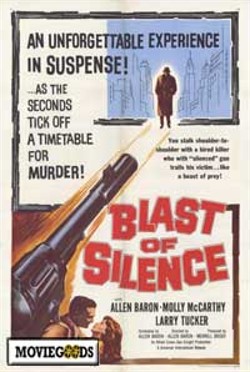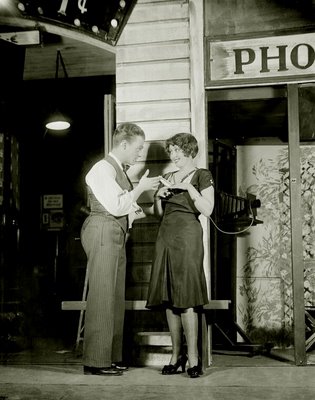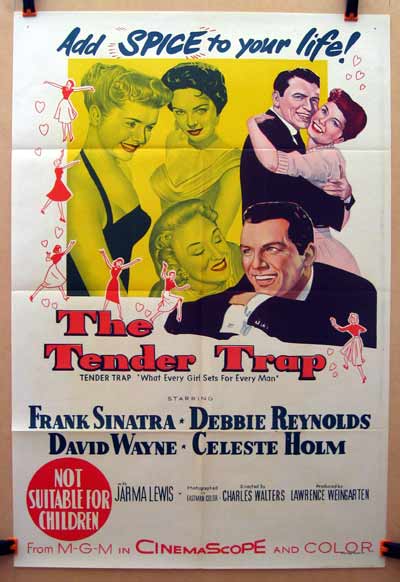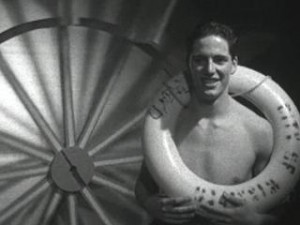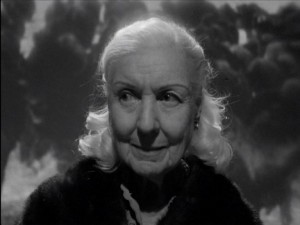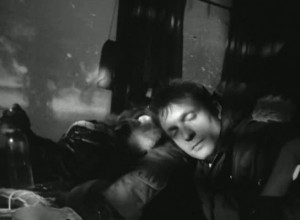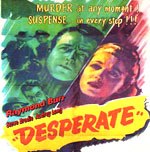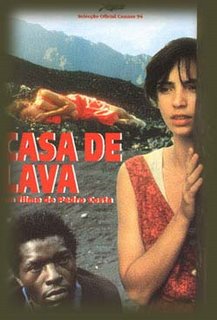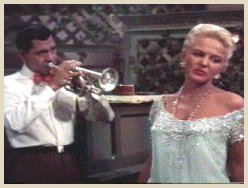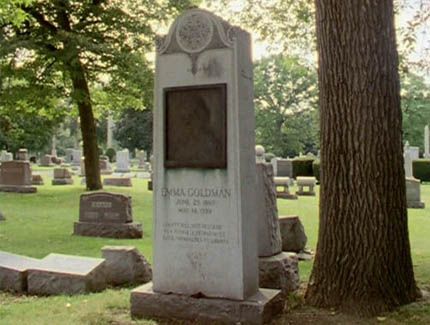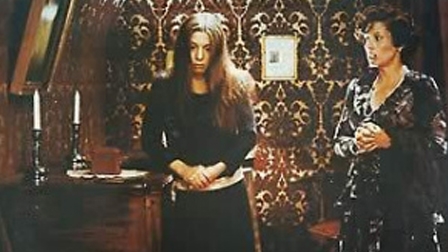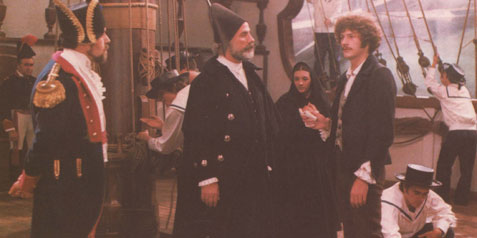OUSMANE SEMBÈNE: INTERVIEWS, Edited by Annett Busch and Max Anas, Jackson: University Press of Mississippi, 2008, 225 pp.
What an absurdly arduous and uphill battle it’s been, to understand even the rudiments of African cinema! I now have three books about the father of African cinema, but it hasn’t been until I started looking at the third that I began to pick up some fundamental, basic data. I’m thinking in particular of Sembène’s first feature, La noire de… (1966), known inadequately in English as Black Girl, only 65 minutes long. Yesterday, on one of my periodic trips back to the Chicago Reader to collect mail that still erroneously or fortuitously gets sent to me there, I was delighted to find a copy of this new volume, the latest in an excellent series of interview collections, unwrapped in my mailbox.
In 1995, I devoted a long review in the Reader to Black Girl, Sembène’s remarkable adaptation of his own story, “Promised Land” (which can be found in his collection Tribal Scars). By the time I reprinted this in my 1997 Movies as Politics, I was able to add a footnote correcting a false supposition I’d made about a color sequence that was in some prints of the film, but not in any I’d seen, after a friend who’d seen this sequence wrote me about it. Read more


